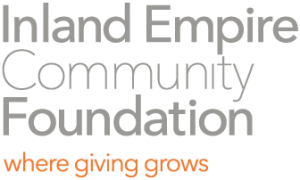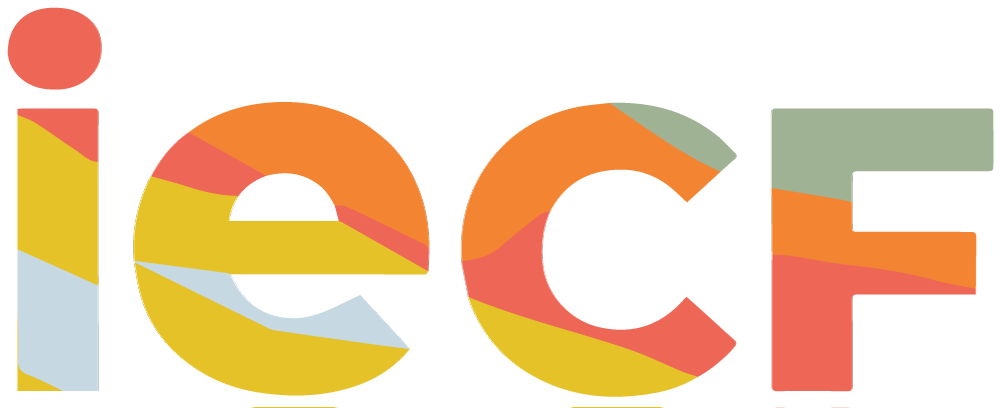 We’ve rounded the corner into the fourth quarter! As the calendar year draws to a close, you’re likely well aware that charitable giving is not only important to your clients first and foremost as an act of generosity, but also as a powerful tool in tax planning.
We’ve rounded the corner into the fourth quarter! As the calendar year draws to a close, you’re likely well aware that charitable giving is not only important to your clients first and foremost as an act of generosity, but also as a powerful tool in tax planning.
Consider the following hypothetical client situations:
You want to help Emily Harper benefit from itemizing deductions.
Your client, Dr. Emily Harper, a 62-year-old physician, has long supported many local charities with annual donations totaling around $20,000. While generous, her giving has not exceeded the standard deduction under the current tax law, which means she has received little to no tax benefit for her contributions. You’ve counseled Emily that 2026 will bring even more limitations on her ability to deduct charitable contributions.
Working with IECF, you are arranging for Emily to contribute $100,000 of appreciated stock this December to establish a donor-advised fund. This large, single-year contribution will allow her to itemize deductions for 2025 and maximize her tax savings, while still preserving the flexibility to recommend grants of $20,000 per year to her favorite charities over the next five years. By front-loading her philanthropy, Emily not only secured a significant deduction even under the higher standard deduction thresholds in place, but she also avoided potential exposure to the upcoming IRS “floor and cap” rules under the One Big Beautiful Bill Act.
You are worried about Jonathan Lee’s concentrated stock positions
Jonathan Lee, a 58-year-old business executive, has accumulated a significant position in a favorite stock over the past two decades. As Jonathan’s advisor, you have grown increasingly concerned about the concentration risk in his portfolio and the steep capital gains tax bill he would face if he sold shares outright. You also discovered that Jonathan has consistently supported a handful of local charities with annual cash gifts. (This made you cringe; you wish Jonathan had consulted you about giving stock versus cash.)
Working with IECF, you arranged for Jonathan to donate $250,000 worth of his highly-appreciated stock to establish a donor-advised fund. This move accomplished two critical objectives: it allowed Jonathan to bypass the capital gains tax on the gifted shares and made him eligible for a full fair-market-value charitable deduction for the stock’s value on the date of the gift. Now, instead of writing annual checks from after-tax dollars, Jonathan can recommend grants from his donor-advised fund over time, maintaining his giving pattern while enjoying significant tax efficiency. What’s more, by contributing stock instead of cash, Jonathan transformed a concentrated holding into diversified charitable capital.
Margaret Davis has more money in her IRAs than she’ll ever need.
Your client, Margaret Davis, is 74 years old. She continues to receive royalty income from several books she wrote over the course of her career as a successful romance novelist. Margaret also owns several IRAs. Her royalties are more than enough to cover her living expenses; she simply does not need the Required Minimum Distributions from her IRAs. You have counseled her, though, that she has to take those distributions under IRS rules.
Recently, Margaret sent you an article she read in the Wall Street Journal about Qualified Charitable Distributions, or QCDs. Truth be told, you’ve heard about QCDs, but you don’t specialize in tax planning and you simply have not had the time to get up to speed on these vehicles. But, because Margaret brought it up, you wisely dive in.
You learn that Margaret, because she is over the age of 70 ½, can direct up to $108,000 (the 2025 limit) to qualified charities. You’ve reached out to IECF for help, and you are glad you did because the IECF team is setting up a designated fund to receive Margaret’s QCDs. The designated fund, in turn, will support the local animal shelter, where Margaret has volunteered for decades, even after Margaret dies. What’s more, the QCD dollars are excluded from Margaret’s income and still satisfy a portion of her RMD. What’s more, the QCD reduces Margaret’s exposure to Medicare IRMAA surcharges—benefits that would not have accrued if she’d simply donated from after-tax cash.
If your client base includes people like Emily, Jonathan, and Margaret, please give us a call! IECF is here to help. The tax benefits are terrific, but that’s not what is most important. What’s most important is that you are helping your clients fulfill their charitable objectives, making our community and the lives of the people who live here even better for generations to come.
Please reach out to our Charitable Giving Team anytime. Stay up to date on all the good work we’re doing through the power of philanthropy – sign up for our eNewsletter, Philanthropy Matters, today.
The team at IECF is honored to serve as a resource and sounding board as you help your clients build their charitable plans and pursue their philanthropic objectives for making a difference in the community. This newsletter is provided for informational purposes only. It is not intended as legal, accounting, or financial planning advice. Please consult your tax or legal advisor to learn how this information might apply to your own situation.


